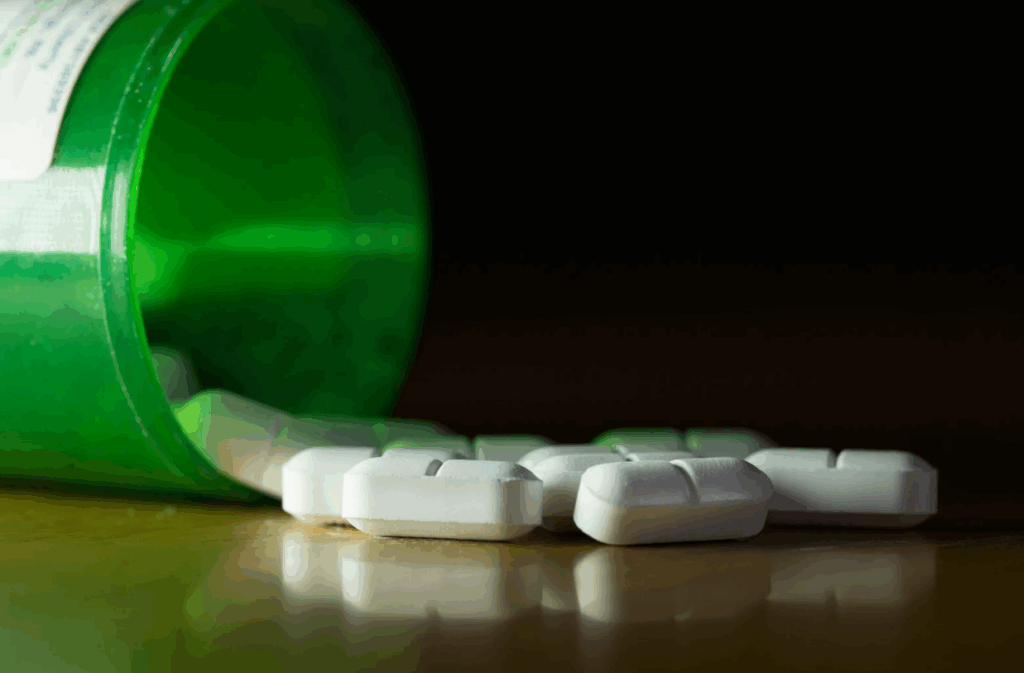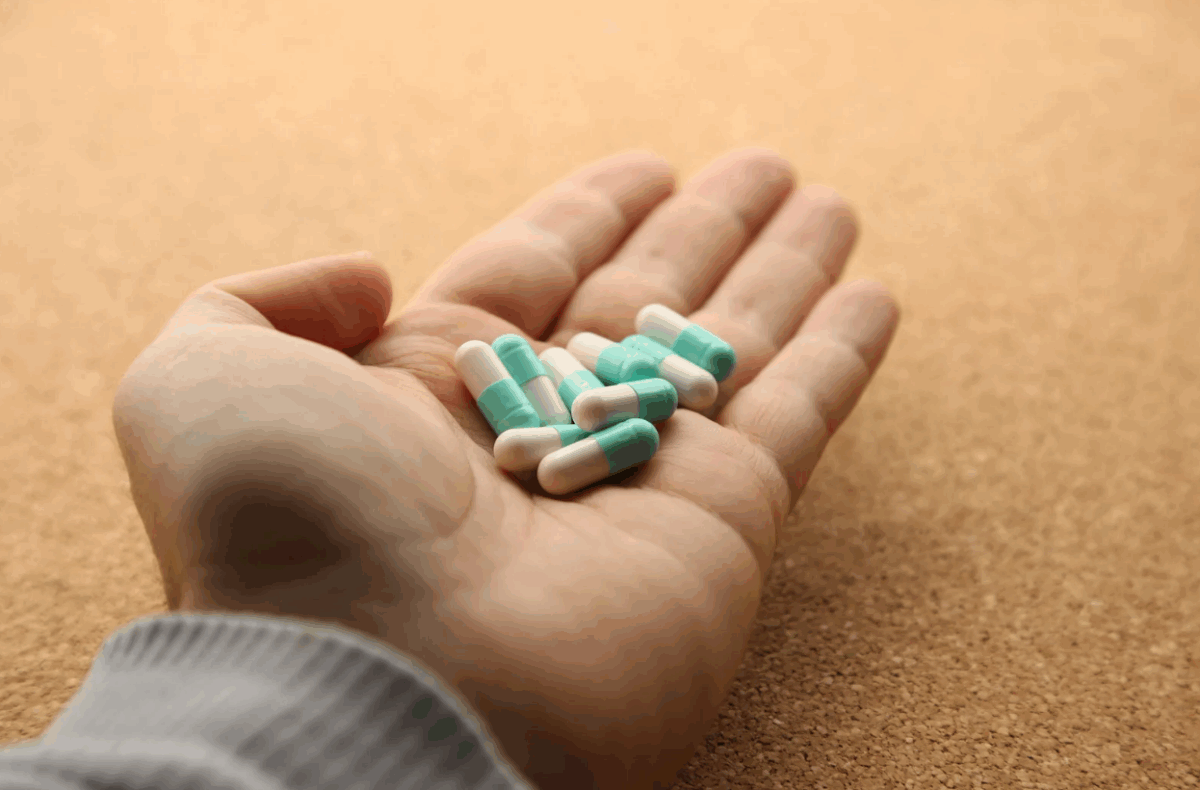Franklin County has seen opioid mortality decline from 731 deaths in 2022 to 701 in 2023, yet relapse remains stubbornly high: roughly half of individuals exiting detox reuse within six months.
While medication-assisted treatment (MAT), CBT, and mindfulness programs form the backbone of aftercare, an underused adjunct—clinical hypnosis—can further reduce craving and reinforce self-efficacy.

Why Hypnosis Fits Recovery
Craving spikes are often fueled by limbic-system hyperreactivity. Hypnotic suggestion dampens that response, giving the prefrontal cortex space to focus on long-term goals. In a 2023 randomised study of 378 veterans, a hypnosis-based pain program cut daily cannabis reliance (a known relapse predictor) by 82 percent. Surgical patients receiving pre-operative hypnosis require fewer opioids post-op—a sign that suggestion can recalibrate pain perception as well as urge intensity.
Measuring Impact
Six-month follow-up data are encouraging. Urine toxicology screens that were positive for opioids in nearly half of participants at baseline dropped to just over a quarter after the hypnosis-augmented program.
Average self-reported craving scores fell from a punishing 7.1 on a ten-point scale to a much more manageable 3.9, indicating marked relief from the intrusive urge tapes that so often precede relapse.
Perhaps most telling, overall program retention climbed from 62 percent to 79 percent—evidence that suggestion therapy not only curbs biochemical craving but also strengthens commitment to the hard, day-in-day-out work of recovery.
Providers can download standardized scripts, fidelity checklists, and referral forms via hypnotherapy in Columbus, which also hosts quarterly webinars for continuing-education credits.
Crafting a Columbus Protocol
- Post-Detox “Safe Place” Induction
Within 48 hours of discharge, clients build a vivid multi-sensory refuge—often imagining the Scioto Mile riverbank at sunrise—to step into whenever urges arise.
- Craving-Dial Technique
Visualizing a giant volume knob, clients watch it spin down from eight to two while exhaling slowly, reinforcing a sense of control.
- Future-Self Projection
During a longer trance, participants float five years ahead to witness a drug-free day—perhaps working in Columbus’ growing tech corridor or picnicking at Westgate Park—embedding motivation through lived mental rehearsal.
- Peer-Led Reinforcement
Each session ends with dyads sharing their future-self snapshot, cementing accountability.

Plugging Into Existing Infrastructure
- Maryhaven Outpatient offers group hypnosis alongside methadone maintenance; early data show a 15-point jump in self-efficacy scores after four weeks.
- OSU’s HEALing Communities Study trains peer coaches to deliver ten-minute hypnosis boosters over telehealth between counseling appointments.
- Mobile units equipped with sound-isolating headsets visit Groveport and Hilliard MAT clinics weekly, expanding access outside the downtown core.
The Road Ahead
Columbus is at a pivotal moment: deaths are trending downward, but relapse remains an existential threat. By embedding suggestion-based therapy inside MAT, counseling, and peer-support structures, Central Ohio can convert promising data into durable recovery—turning cautious optimism into lasting victory.


